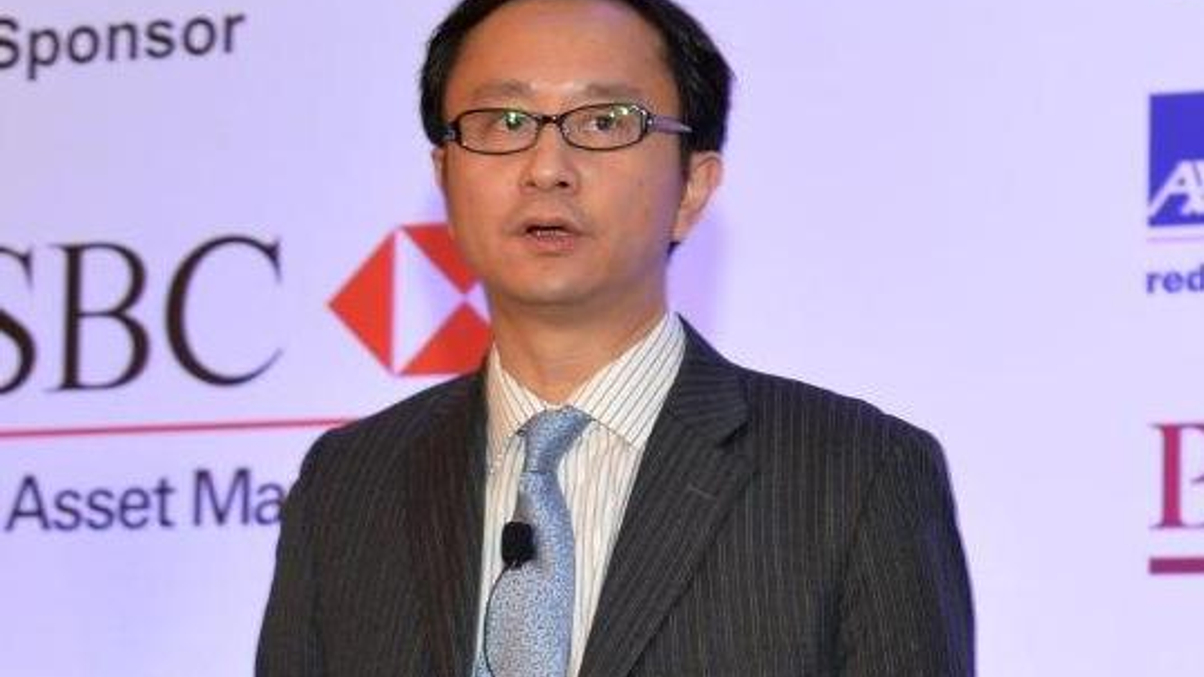China equity boom: on your marks
HSBC Global Asset Management’s Michael Chiu argues that structural reforms to domestic markets plus broader economic reforms will unlock a multi-year bull run.

China’s reforms should generate a boom in its equity markets, says Michael Chiu, equities investment director for Asia Pacific at HSBC Global Asset Management. And the trend may have already begun.
Sign in to read on!
Registered users get 2 free articles in 30 days.
Subscribers have full unlimited access to AsianInvestor
Not signed up? New users get 2 free articles per month, plus a 7-day unlimited free trial.
¬ Haymarket Media Limited. All rights reserved.


